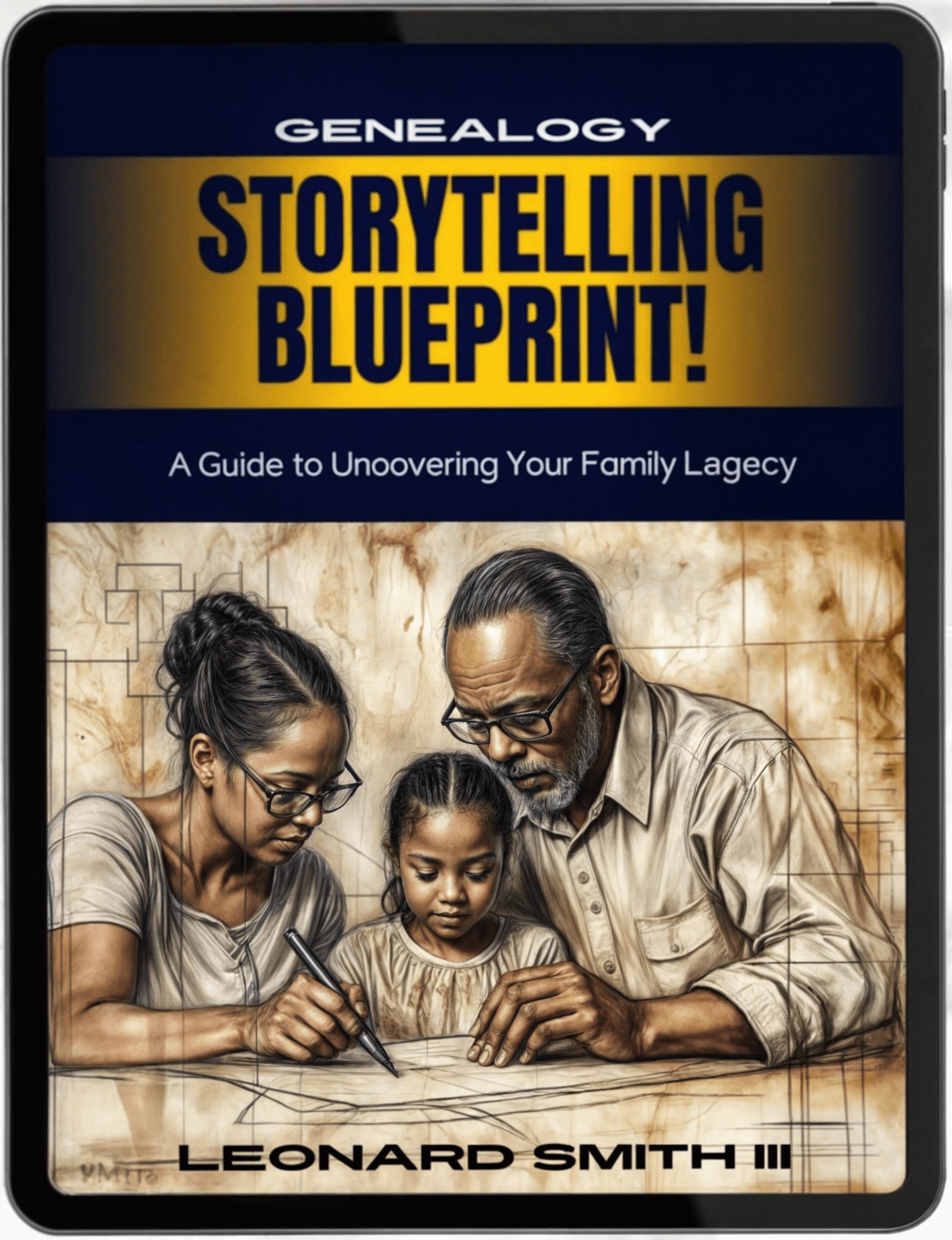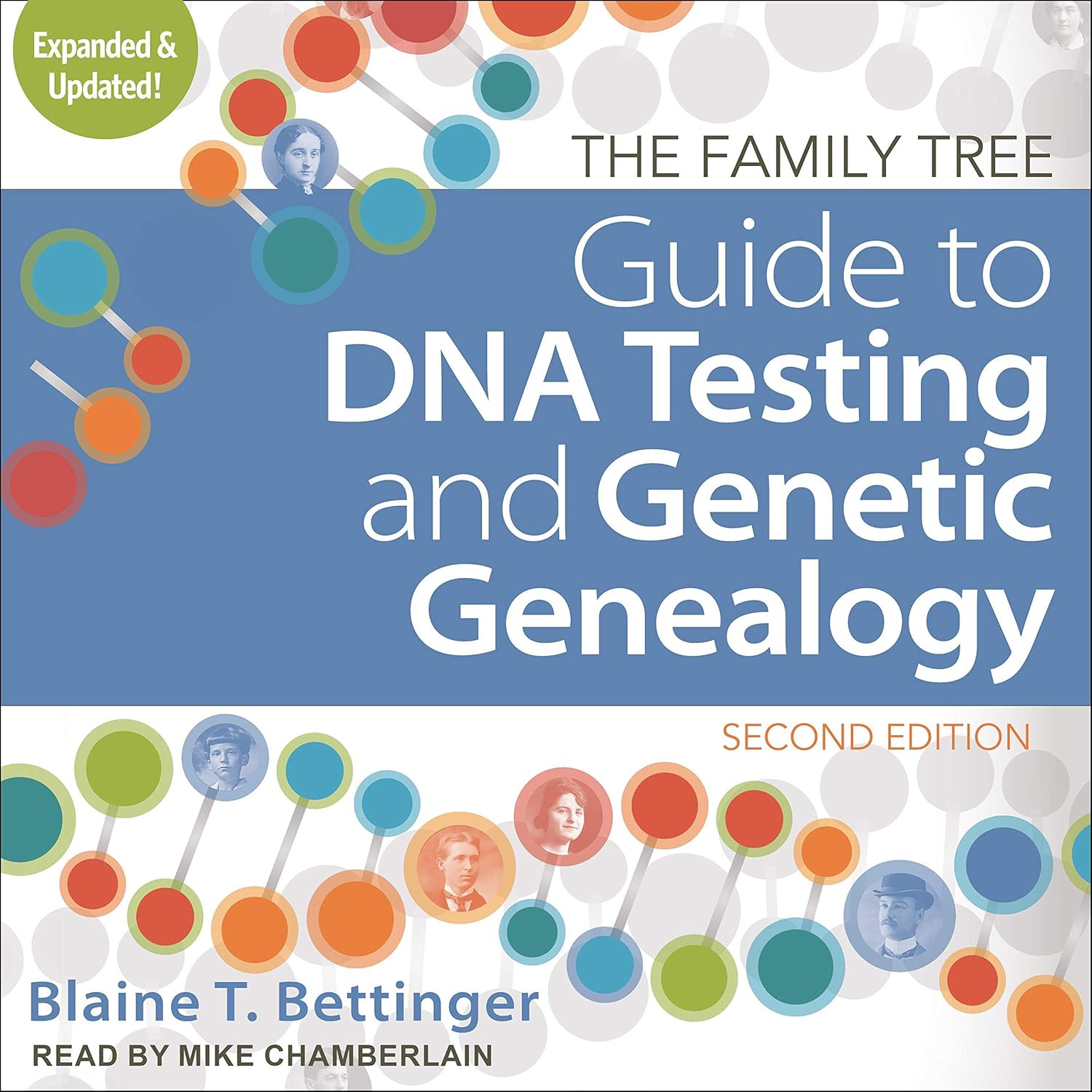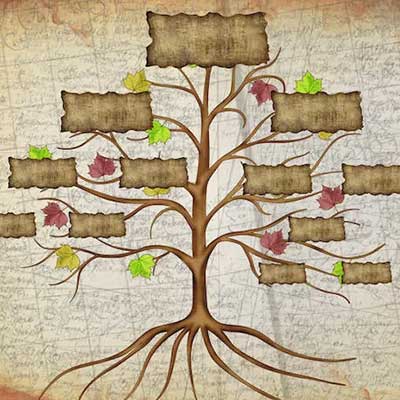- Home
- Best DNA Testing Kits
- 23andme Family Tree
23andMe Family Tree: A Guide To Exploring Your Roots
As a user of 23andMe, you can now access a unique feature called the 23andMe Family Tree, which builds and visualizes connections between you and your genetic relatives.
The 23andMe Family Tree feature predicts a family tree based on the DNA you share with your relatives on the platform. By generating your family tree, you can dive deep into your ancestral roots, understand the significance of your genetic connections, and even connect with newfound relatives. With tools to edit your tree by adding notes, ancestor names, or even deceased relatives, you can make your 23andMe Family Tree a comprehensive and personalized representation of your lineage.
Key Takeaways
- The 23andMe Family Tree feature predicts and visualizes your genetic relationships based on shared DNA.
- Editing tools allow users to add notes, ancestor names, and deceased relatives to create a personalized family tree.
- The platform connects you to newfound relatives and helps you understand your ancestry.
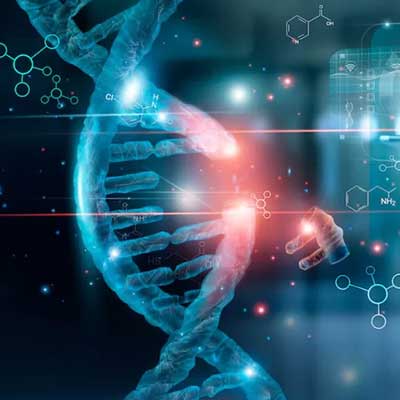
Understanding the Concept of 23andMe Family Tree
So, you've taken a 23andMe DNA test and are eager to explore your family's past. Have you heard about the 23andMe Family Tree feature? It's a fantastic tool that visually represents the potential relationships between you and your DNA relatives, making it easier to navigate through your ancestry.
23andMe automatically calculates your genetic tree based on shared DNA when you opt-in for this feature. Cool, right? But how exactly does this work? Well, it's pretty simple! The Family Tree is created by analyzing the segments of DNA you share with your relatives in 23andMe. It predicts your family connections and even organizes them into a neat display to explore.
Now, imagine a tree with wavy lines symbolizing your unique genetic connections. That's the most distinctive feature of 23andMe's Family Tree. You might notice some similarities with Ancestry's tree software, characterized by their green leaf icon. However, 23andMe takes it a step further by integrating genetic data to enhance the accuracy of predicted relationships.
As you discover your genetic tree, various relationships, such as cousins, grandparents, and even more distant relatives, will pop up. It's important to remember that these are predicted relationships based on shared DNA. While the predictions may be accurate, always keep an open mind and rely on additional genealogical research to confirm the connections you uncover.
Some tips and tricks to help you get started with building and editing your 23andMe Family Tree:
- Access the Family Tree feature in the Family & Friends menu
- Familiarize yourself with the editing actions available
- Be patient and give yourself time to become accustomed to the interface
Remember, exploring your ancestry can be both exciting and overwhelming at times. So, take it one step at a time and enjoy the journey as you dive into the world of your DNA relatives and unravel your family connections. Who knows what fascinating stories you'll uncover along the way?
How to Share Your 23andMe Family Tree
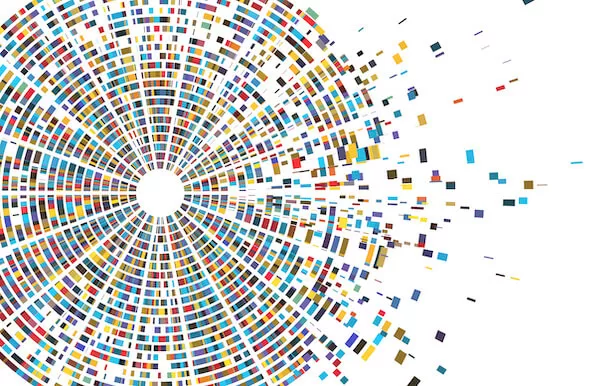
So, you've got your 23andMe family tree all setup, and you're excited to share it with your loved ones. Sharing your family tree with family members or friends is straightforward, and you can do it even if they're not currently 23andMe users! I'd like to walk you through the process step by step.
Sharing with Existing Users
First, if your family members or friends have already been genotyped by 23andMe, it's time to establish a sharing connection. To do this, click the Your Connections feature within your 23andMe account. This will allow you and your connections to view one another's profile names, relevant report details, overlapping DNA segments, and your predicted relationship.
But don't worry! Your privacy is crucial to 23andMe; a sharing connection does not allow either party to search or download the other person's data.
Sharing with Non-Users
What about those who still need to utilize 23andMe? No problem! They can be a part of this exciting journey, too. When you send a sharing invitation via Your Connections, they will be prompted to create a free account so they can view your shared information. It's that simple!
All your family members and friends can enjoy your incredible 23andMe family tree.
Visualizing and Editing Your Family Tree
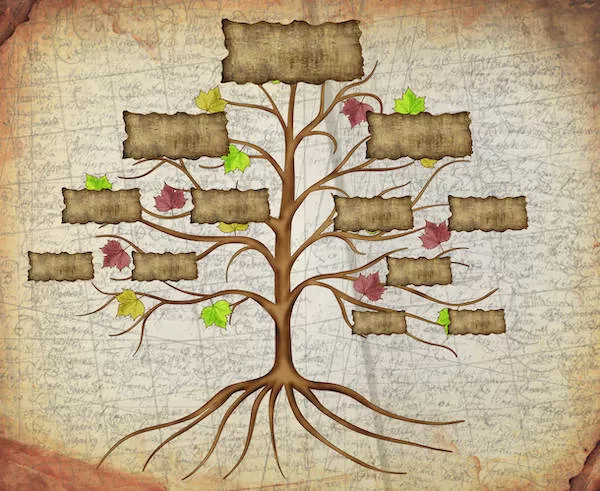
Have you ever wondered how to visualize and edit your family tree using 23andMe? You're in the right place! Let's dive into the process and discover some neat tricks to make the most of your family tree journey.
As a 23andMe user, you'd be glad that the platform offers a simple way to visualize your family tree through DNA relatives. This visualization allows you to see how your genetic relatives, who also opted in for the 23andMe DNA Relatives feature, are connected to you. It's a great tool to explore your family's genetic makeup and understand possible relationships between you and your DNA matches.
Now, you might be curious about how you can add new details or modify existing information in your family tree. Don't worry! Editing your family tree is just a few clicks away. You can easily add basic information about someone, such as their age, gender, and location, or even update relationships between family members.
In addition to that, could you also add the health history of your family members to your tree? You're in luck, as 23andMe allows you to do so. By adding medical history for individuals within your Family Health History Tree, you can gain valuable insights while keeping track of health conditions in your family lineage.
When editing your family tree, remember that only your changes will be visible to you. Hence, this ensures your privacy and gives you control over your tree updates. Nevertheless, keeping the information accurate is essential to avoid misunderstandings and maintain your family tree's authenticity.
You can just experiment with different editing options available to you. Your 23andMe Family Tree is a remarkable tool for visualizing and editing your family's genetic makeup, building connections, and gaining insights about your DNA relatives. Happy editing!
The Significance of Genetic Relationships
Have you ever wondered how closely you're related to your distant cousins? 23andMe's family tree feature can help you unlock the mysteries of your genetic connections. By examining your autosomal chromosomes (the 22 chromosomes inherited from both sides of your family), 23andMe can predict relationships and help you understand your genealogy.
Would you happen to know how it works? 23andMe compares your autosomal DNA with other members participating in the DNA Relatives feature, considering the shared DNA across chromosomes 1-22 and the X chromosome. This helps them estimate the genealogical relationship between you and your genetic relatives.
Did you know? Cousins share different percentages of DNA. For example, first cousins share roughly 12.5% of their DNA, while second cousins share around 3.13%. Further down the family tree, fourth cousins share a mere 0.20%!
Here are some quick facts about genetic relationships:
- First cousins: Share approximately 12.5% of their DNA
- Second cousins: Share around 3.13% of their DNA
- Third cousins: Share about 0.78% of their DNA
- Fourth cousins: Share an estimated 0.20% of their DNA
- Fifth to distant cousins: Share a variable percentage of their DNA, generally at lower amounts
Using this information, 23andMe can predict relationships, helping you understand your genealogy and connect with relatives you never knew you had! You can visually explore your genetic connections with a friendly and interactive interface.
Remember, by delving into genetic relationships, you're discovering your family tree and getting insights into your ancestry, ethnicity, and even possible health traits. So go ahead and plunge into the fascinating world of genetic relationships with 23andMe's family tree feature. Happy exploring!
How to Add Deceased Relatives
Wondering how to include deceased relatives in your 23andMe Family Tree? You're in the right place! Let's dive into adding and editing information about your deceased family members.
First, navigate to your 23andMe Family Tree by hovering your mouse over the "Family and Friends" tab on your main dashboard. Select the "Family Tree beta" option in the drop-down menu. Once on the Family Tree page, you'll see your predicted relationships, ages, and shared DNA with your known relatives.
To add a deceased relative:
- Find the person who precedes them in your tree.
- Click on the empty placeholder circle next to them, and a pop-up form will appear.
- Enter the basic information of your deceased relative, such as their name, date of birth, and date of death.
- Remember also to check the box that indicates they have passed away.
There's more you can do! If you want to add further details, like medical history or other life events, click the pen icon in the pop-up form. This allows you to edit various fields and provide a richer picture of your relative's life.
Sharing this information with your family members is an excellent way of connecting with your roots and understanding the branches of your family tree. As you add deceased relatives, your tree becomes more complete, and you'll have a clearer view of your family's history. Moreover, by contributing to your 23andMe Family Tree, you also contribute to the broader understanding of our shared ancestry.
So go ahead, add your deceased relatives to your tree, and unravel the mysteries of your genealogy! Have fun exploring the connections and stories that unfold along the way!
Privacy and Research Considerations
So, you're curious about your family tree and want to use a service like 23andMe. But before diving in, it's essential to consider privacy and research aspects. Let's talk about that to ease your worries and help you make an informed decision.
Your Data Security Matters
23andMe takes data security seriously. They employ software, hardware, and physical security measures to protect genetic information. While no system can be 100% foolproof, 23andMe is doing its best to keep your personal data safe. (1)
Participate in Research on Your Terms
Did you know that 23andMe allows its customers to choose whether or not to participate in their innovative research? (2) You can decide if your de-identified data can be used in research projects. So, you're a part of the process in a way that feels comfortable to you.
Visualize Connections without Compromising Privacy
Another exciting feature is the DNA Relatives tool. (3) This tool lets you connect with genetic relatives while keeping your personal information private. Are you worried about privacy while building your family tree? The DNA Relatives tool has you covered.
Control Your Edits and Updates
As you visualize your family connections, you should make changes or updates to your family tree. With 23andMe, you can do that all within your account settings. Plus, you can also download your data if you want to have a copy for your records. (4)
To summarize, 23andMe lets you explore your family tree, focusing on privacy and research considerations. Your data security is a top priority, and you have control over your participation in research, visualization, and edits to your information. Happy exploring!
Footnotes
- Privacy and Data Protection - 23andMe ↩
- 23andMe Explains Your Privacy Protections | FamilyTree.com ↩
- The 23andMe Family Tree Feature - 23andMe Customer Care ↩
- What to Do If You're Concerned About the 23andMe Breach ↩



